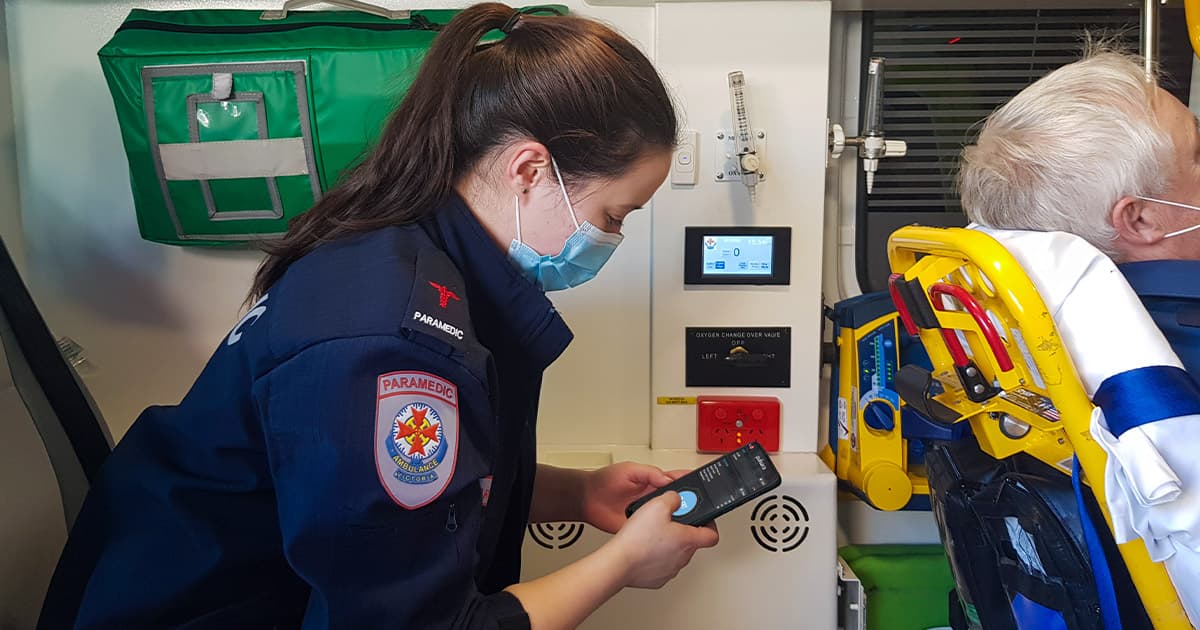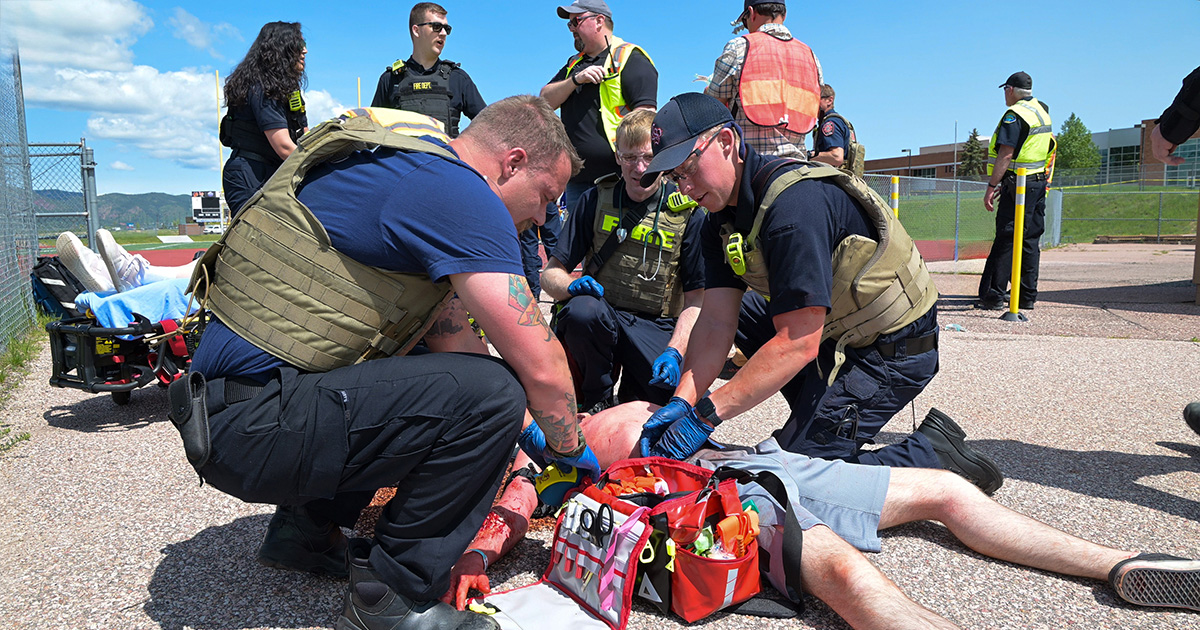In the News: Pulsara's Impact From Preparedness to Lifesaving Care
At Pulsara, it's our privilege to help serve the people who serve people, and we're always excited to see what they're up to. From large-scale...
1 min read
 Team Pulsara
:
Sep 27, 2023
Team Pulsara
:
Sep 27, 2023

Communication among interdisciplinary care teams is a necessity in delivering excellent patient care. Though mobile technology has become more common in various branches of healthcare communication, few have analyzed the process of implementing a tool that works across multiple teams and organizations.
The Journal of Evaluation in Clinical Practice has now published the results of a study designed to determine whether it is feasible to implement a single, digital health communication application across multiple healthcare organizations and hospital departments, what the barriers are, which factors contribute to a successful implementation, and which factors are associated with clinicians' intentions to use the technology.
Authored by a team of Australian healthcare leaders, researchers, and clinicians, the study includes process analysis from researchers who implemented the Pulsara platform across EMS and hospital teams, as well as written feedback from EMS and hospital clinicians who participated in the implementation.
 In addition to analyzing the implementation process, the study confirmed that with the use of Pulsara, off‐ambulance stretcher times improved by 8 minutes for patients with suspected stroke and 4 minutes for patients with ST‐elevation myocardial infarction (STEMI). Stroke cases received ED review 17 minutes faster, and CT scans were conducted 44 minutes faster.
In addition to analyzing the implementation process, the study confirmed that with the use of Pulsara, off‐ambulance stretcher times improved by 8 minutes for patients with suspected stroke and 4 minutes for patients with ST‐elevation myocardial infarction (STEMI). Stroke cases received ED review 17 minutes faster, and CT scans were conducted 44 minutes faster.
The study concluded that "a single communication system can be implemented with good acceptance across multiple healthcare organisations providing prehospital and intra‐hospital care." Supporting the development of habitual use of the app among personnel is essential, as is hands-on training, support for change management, and evidence‐based strategies for shifting behavior. Other critical factors for success include:
For more details and access to the full publication, read the full study here.
![]()
To learn more about how healthcare organizations are using Pulsara to provide cutting-edge care for patients on a state level, check out the recorded webinar Leveraging Technology In Hazard Response: Advancements And Future Trends.

At Pulsara, it's our privilege to help serve the people who serve people, and we're always excited to see what they're up to. From large-scale...

December Recap After an incredibly busy events year with 102 conferences, trade shows, and sponsorships, December was on the slower side for us, with...

Editor's Note: In July 2025, EMS1 and Fitch & Associates released their annual EMS trend survey, What Paramedics Want, proudly sponsored by Pulsara....